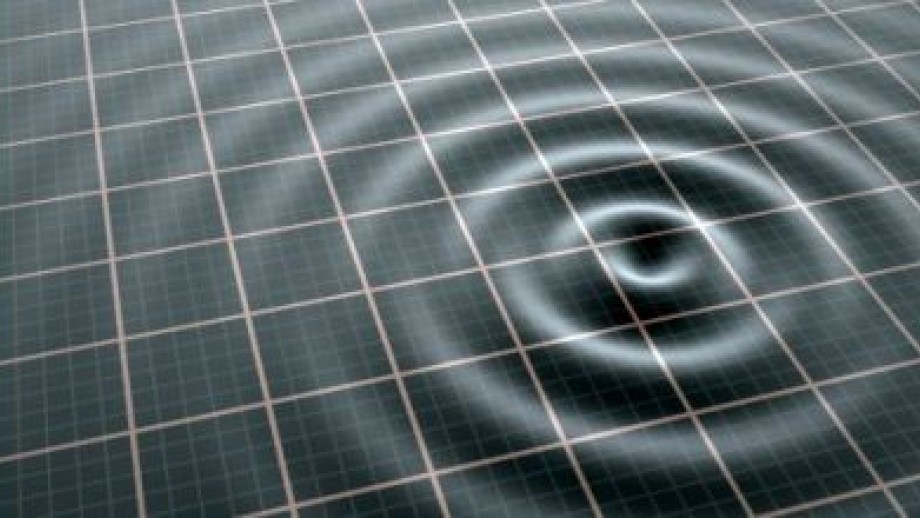Array/Blue Earth/Forensic Seismology: A Quake, a Nuke or a Willy Willy?
Seismology is much more than a study of earthquakes – in fact, it is a study of the propagation of seismic waves through the Earth and across its surface, but the sources of these waves can be tectonic, volcanic, glacial, atmospheric, oceanic, and man-made explosions, to mention only a few.
Project status
Content navigation
About

BACKGROUND AND MOTIVATION
Although Australia is not as seismically active as some other parts of the world, multiple signals from a number of seismic sources in Australia’s surroundings are being observed on the seismic recorders operated by the Seismology and Mathematical Geophysics group and Geoscience Australia. These include continental and oceanic earthquakes, continental and mid-oceanic volcanic activity, meteorite impacts, landslides, storms and human activity, such as mining and nuclear underground explosions. Using a large number of individual broadband recordings from Australia and its surrounding areas, as well waveform data recorded by specially designed seismic arrays leads to a better understanding of these phenomena and assists in making informed decisions to reduce the impact of these hazards.
The Australian Government is fully committed to making a world free of nuclear weapons and sees entry-into-force of the Comprehensive Nuclear-Test-Ban Treaty (CTBT) as an important step to limit the further development and proliferation of nuclear weapons. Australia signed the Comprehensive Nuclear-Test-Ban Treaty (CTBT) in 1996 and ratified in 1998 through the Comprehensive Nuclear Test-Ban Treaty Act. Part of the verification regime is an International Monitoring System (IMS) comprising seismic and infrasound monitoring facilities supported by the International Data Centre (IDC) at the CTBT Organization (CTBTO) in Vienna. With several primary stations in Australia, including carefully designed short-aperture seismic arrays, we are capable of detecting underground nuclear explosions. One such primary station is Warramunga Seismic and Infrasound Facility in Northern Territory, which is operated by our group on behalf of the Australian Government and United Nations.
The proposed research would be centred on the following problem: utilising state-of-the-art techniques and current practices in array-seismology to detect earthquakes, we will focus on design, further development, and application of these techniques to monitor explosive sources, track ocean storms and stormquakes, detect icequakes, meteorite impacts, and other phenomena present due to the interaction of solid earth with oceans and atmosphere. The proposed work will be of immediate benefit for the continuous monitoring of the earthquake belts around Australia for potentially tsunamigenic or damaging earthquakes and also verification of clandestine nuclear explosions. Students will work on various aspects of array and forensic seismology, including possible applications in real time.
NATURE OF PROJECT(S): computational (e.g. developing and running software on Terrawulf or National Computational Infrastructure computers), numerical, observational, interpretational (e.g. see some of our representative papers on this topic here and here).
ESSENTIAL BACKGROUND: PHYS3070 (Physics of the Earth)
POSSIBLE PROJECT(S): Any of the topics mentioned above could become student projects. Students with strong background in computer sciences, physics, engineering or mathematics are welcome to join us in this exciting research. The project will prepare students for solving complex, real-world problems and for future career in geophysics.



